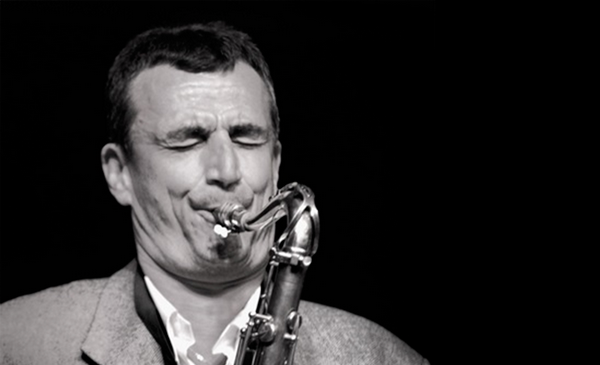The Former Közgáz Jazz Club in a Nutshell

Jazz that had originated in America gained a high profile and immense popularity in Hungary by the end of the 1970s. This could not have happened without the conditions favouring cultural diversity in the entire country owing to the freer atmosphere – albeit in a controlled and regulated form – of the mid years of the Kádár era that brought about the folk-dance movement, a multi-faceted pop music culture, and last but not least the legalization of the most liberal genre, jazz. An additional reason for the growing popularity of the genre in Hungary was the music itself. As a matter of fact, from the end of the 1960s international jazz, which had been a relatively well-defined, although permanently evolving genre during the previous seven decades, reached a point when it crossed its boundaries and became a polarized genre. Having been fertilized by the popular music of rhythm and blues mesmerizing young people, by the liberating ideas of the civil rights movement fights as well as by the electronic instruments entering the musical scene, jazz became an irreversibly polyphonic genre that created new worlds. The most prominent among these is jazz-rock that fuses rock music with improvisational music, the other being free/avant-garde jazz that advocated partial or full departure from the conventions of the genre.
The popularity and diversity of jazz provided an ideal context for the establishment of the Közgáz Jazz Club in 1976 (Közgáz is an informal reference to Corvinus based on its previous name). By this time, a number of jazz clubs, amateur and professional bands, as well as gramophone discs bore testimony to jazz activities in Hungary. In fact, from the beginning of the 60s, a number of clubs and bands had been formed and thus, the creation of a jazz club was not surprising, either. The founder and the manager of the club in Kinizsi Street was (until 1994) György Czabán. He was a follower of György Szabados who had established a new school by launching the jazz program together with Péter Szigeti in 1979 at the Kassák Club in the Zugló district. Czabán and Mihály Dresch promoted mainly the free/avant-garde line. This line was viewed with suspicion by the regime, not only due to its rampancy and undefinable nature, but also because to the fact that it did not follow international trends: its performers (Mihály Dresch, István Grencsó, Tamás Geröly, Károly Binder etc) used an improvisative language that was enriched with the motifs of Hungarian folk music. Thus, the Közgáz Jazz Club (similarly to the other popular university club of Közgáz, the Polvax engaging in politics) fell into the broad category of places “tolerated” by Aczél (party leader in charge of cultural policy) and could neither escape the attention of the inspectors of the Ministry of the Interior nor avoid being pestered. Besides the representatives of the avant-garde style, later amateur counter-culture pop bands and punk bands also performed in it. As a result, the club grew into of the most significant music centres of the country.
The public consisted mostly of students: as was the rule in university clubs, students did not only come from the Közgáz, it also attracted students from other institutions. Despite acquiring a more or less distinct public in the course of the years, it was not widely known or recognized until the end of the 80s. It remained faithful to its purpose as defined by Czabán until its closure in the second half of the 1990s: “To be consequent in presenting creative and authentic music, to keep the ticket prices as low as possible, to offer regular performance opportunities to experimenting Hungarian musicians following an individual path (and if possible, against a decent payment)”. The state financing of the Közgáz Jazz Club ceased after the political changes. Although it kept open for several years, it gave up the partially oppositional role that it had previously played with success. Our thanks go to György Kerekes and Róbert Maloschik authors specializing in jazz.
András Szécsényi
